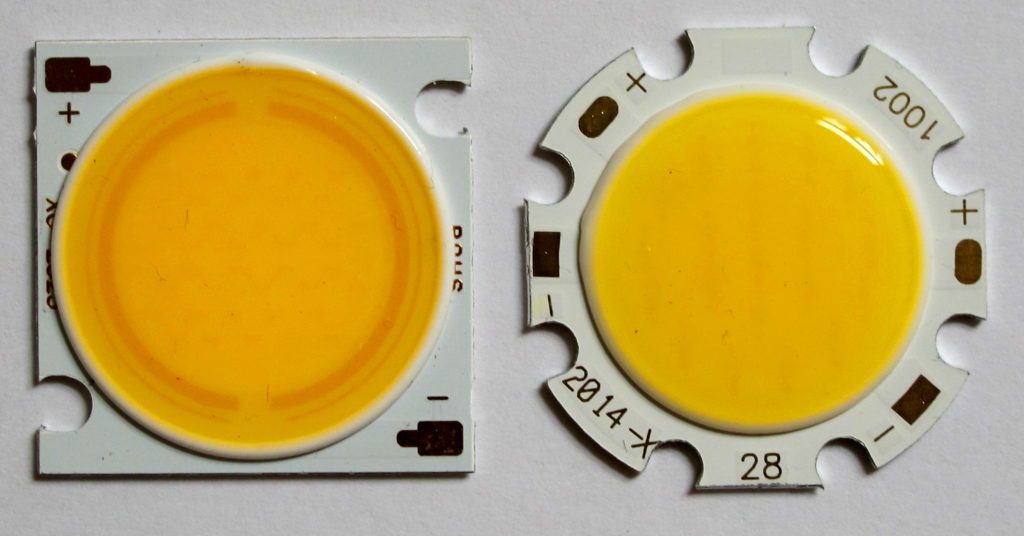Led lights (Light-emitting diode) are the most used lights today. Whether it may be to use for study purposes or for decorating objects these lights are highly used. The main reason behind this is that it is cheap compared to fluorescent lights and it provides more output than others. Let’s check the working of led lights in detail.
Before checking the working of led lights, let’s check, what are led lights and its types,
What are led Lights?
A light-emitting diode light or led light is a semiconductor light source that emits light when current flows through it. Electrons in the semiconductor recombine with electron holes, releasing energy in the form of photons. This effect is called electroluminescence.
The first led light was created by Russian inventor Oleg Losev in 1927.
Types and working of Led’s
Through-hole :
These LEDs are mostly used for and indication purpose, Red, Blue, Yellow, Green, White, etc. It is made in 3 shapes only 3 mm, 5 mm. and 8 mm.
SFD (Surface Mount Light Emitting Diodes) : 
These lights are well packaged and can be easily mounted on a PCB-(Printed circuit board.)
Bi-colour: This lights can emit two colours depending on its configuration.
RGB (Red Green and Blue ) :
These lights are only used for decoration purpose, using an RGB led gains a lot of attention. All the gaming peripherals mostly uses RGB lighting to attract the customer.
High – Power :
This light uses high power input for working. Approximately it needs 1 watt of power to operate. The lights we find in our mobile flashlights or in a car’s headlight uses a high power Led light. As this light provides more light.
- Consumes low voltage.
- The response time is very less to power it on.
- Lightweight.
- Cheap in price.
- Has a long lifespan.
Disadvantages of Led lights.
- Excess of voltage-current may damage an led permanently.
- Its heats up quick.
Diagram on Working of led lights.

Here in this diagram there are 2 type of semiconductors, Anode is of p-type semiconductor and cathode is of n-type semiconductor p-type of semiconductor stands for positive type of semiconductor. n-type of semiconductor stands for negative type of semiconductor.
diagram of diode

Above diagram explains the final stage to turn the led on.
The p-type are called as positive charged carriers which works as a hole The n-type are called as negative charged electrons. So when the power source is turned on the negative charged electrons moves towards the opposite direction which is a hole and the positive charged carriers moves in on direction. Here when two of them gets combined a energy is released, we may call this energy as a photon or a unit of light. The process of combination keep on working till it has free electrons and free space to move on. So This won’t stop until the power is not turned off.
Understanding this concept via diagram gets a little difficult so I’m uploading a link which may clear your doubts of working of led lights
In case you want to purchase an led strip with rgb colours you can click on the image below.
That’s it on types and working of led lights
Credit for images goes to the official owner of the image.
And the video uploaded in this blog is not for promotion it is just use to understand the article, Blogsbarrel does not claim any credit for someone’s else images or video.
If you think any of the information is missing or wrong you can let me know in the comment section below.. share it with your friends, relatives, colleagues.
Allow Desktop Notification for new articles. Till then stay tuned..
Also Read articles




